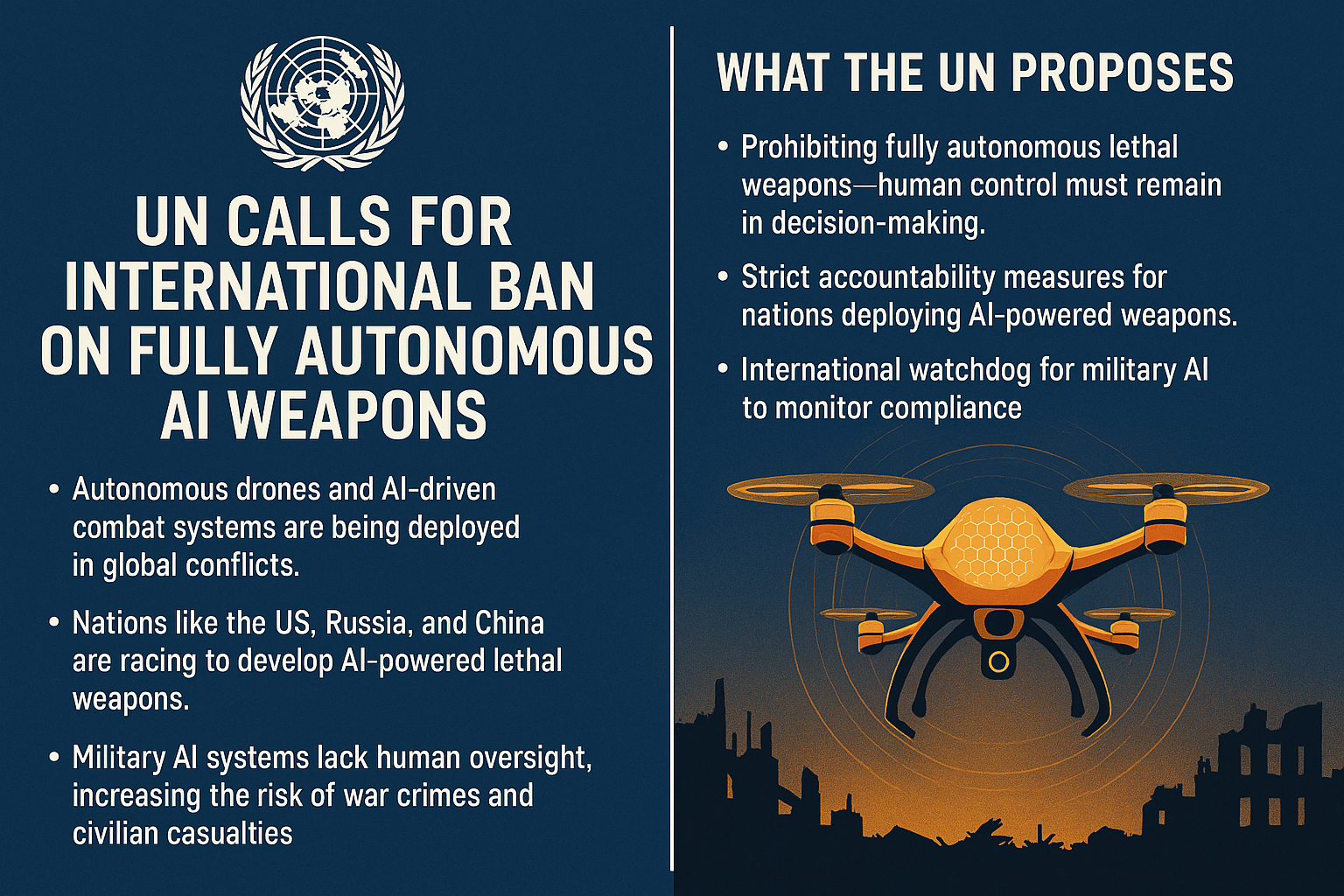Kinds of Treaties
✅ What is a Treaty?
A treaty is a formal agreement between two or more subjects of international law (usually states or international organizations), creating binding legal obligations. It is a principal source of international law and plays a critical role in regulating relations among states.
🧩 Classification of Treaties (Kinds of Treaties)
Treaties can be classified in various ways depending on their form, content, parties, and purpose.
🔹 1. Bilateral Treaties
Definition:
Treaties between two parties (usually two states).
Features:
Involve mutual obligations.
Easier to negotiate and implement.
Often used for trade, defense, or border issues.
Example (Hypothetical Case):
Country A v. Country B
Two states enter a treaty on sharing river water. A dispute arises when one side diverts water unilaterally. The court enforces the treaty, noting it as a bilateral agreement with reciprocal obligations.
🔹 2. Multilateral Treaties
Definition:
Treaties involving three or more parties.
Features:
Create general obligations.
Often global or regional in scope.
Examples include human rights treaties, climate agreements, trade conventions.
Example (Hypothetical Case):
State X v. State Y
A dispute arises over a multilateral environmental treaty. State Y fails to comply with emission limits. The court affirms that multilateral treaties create common but differentiated responsibilities.
🔹 3. Universal Treaties
Definition:
Treaties intended to be open to all states globally.
Features:
Address universal concerns (e.g., peace, disarmament).
Aim for universal participation.
Often adopted at global conferences.
Example:
Treaties banning the use of certain weapons or protecting human rights — even if not signed by all states — may reflect universal standards.
🔹 4. Plurilateral Treaties
Definition:
A type of multilateral treaty where participation is limited to a specific group of states with a common interest.
Features:
Participation is restricted.
Often found in regional blocs or specialized issues.
Example:
Regional trade agreements between a set of neighboring states.
🔹 5. Law-making Treaties
Definition:
Treaties that establish general rules of international law, often intended to influence or codify customary international law.
Features:
Norm-creating.
Apply generally, not just to parties.
May evolve into customary law.
Example (Hypothetical Case):
State M v. State N
A treaty on the law of the sea is used as a reference point even by non-parties. The court notes that law-making treaties can shape general legal norms.
🔹 6. Contractual Treaties
Definition:
Treaties that exchange specific rights or obligations between parties, like a contract.
Features:
Apply only to the signatories.
Do not create general norms.
Examples: treaties for border demarcation, defense pacts.
Example:
A treaty granting airbase access in exchange for military aid — treated as a contractual arrangement.
🔹 7. Political Treaties
Definition:
Treaties that reflect political cooperation rather than enforceable legal obligations.
Features:
Often declaratory or symbolic.
May be non-binding or partially binding.
Example: declarations of friendship or mutual recognition.
🔹 8. Self-Executing vs. Non-Self-Executing Treaties
Self-Executing Treaties: Automatically become part of the domestic law of the state upon ratification.
Non-Self-Executing Treaties: Require enabling legislation to be implemented domestically.
🧾 Summary Table of Kinds of Treaties
| Kind of Treaty | Key Feature | Example Use Case |
|---|---|---|
| Bilateral | Between two states | Trade deal, defense agreement |
| Multilateral | Between multiple states | Climate treaty, human rights pact |
| Universal | Open to all states | Disarmament, global peace treaties |
| Plurilateral | Limited participation based on interest | Regional economic treaty |
| Law-making | Creates general rules of international law | Law of the Sea, Humanitarian Law |
| Contractual | Exchanges specific obligations | Border treaties, military agreements |
| Political | Declares intent without strict legal force | Friendship declarations |
| Self-Executing | Becomes domestic law without legislation | Automatically enforceable |
| Non-Self-Executing | Needs legislative implementation | Needs domestic approval |
⚖️ Relevance in International Dispute Resolution
Courts and tribunals rely heavily on treaty classification to interpret obligations.
Law-making treaties often form the basis for international legal standards.
Bilateral and contractual treaties are used to settle state-to-state claims.
Universal treaties guide behavior even of non-signatory states, especially when they reflect customary law.
📌 Conclusion
Treaties are diverse in nature and scope, serving multiple functions in international law. Whether establishing reciprocal obligations, universal norms, or regional arrangements, the classification of a treaty determines its legal impact, enforceability, and scope of application. Courts often interpret treaties by analyzing their language, intent, and classification, especially when resolving international


























0 comments